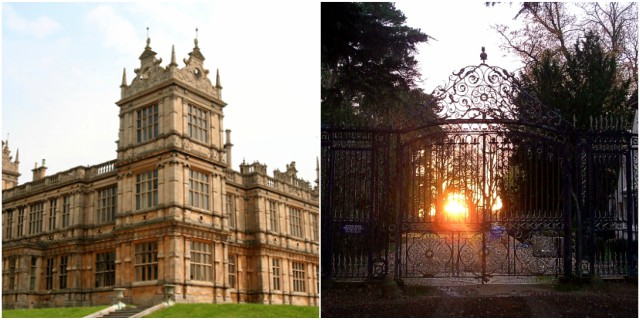If you thought that Mentmore Towers looks slightly familiar, then you’re not wrong, because you have probably seen it somewhere before. Mentmore Towers has been used as a film location for a number of major Hollywood film productions over the years.
Mentmore’s exterior can be seen as a restaurant in Terry Gilliam’s Brazil, in Stanley Kubrick’s Eyes Wide Shut as the Long Island orgy mansion, and also in Philip Kaufman’s Marquis de Sade biopic Quills. But probably the house’s most famous appearance was in Christopher Nolan’s Batman Begins, where it played the part of Wayne Manor.
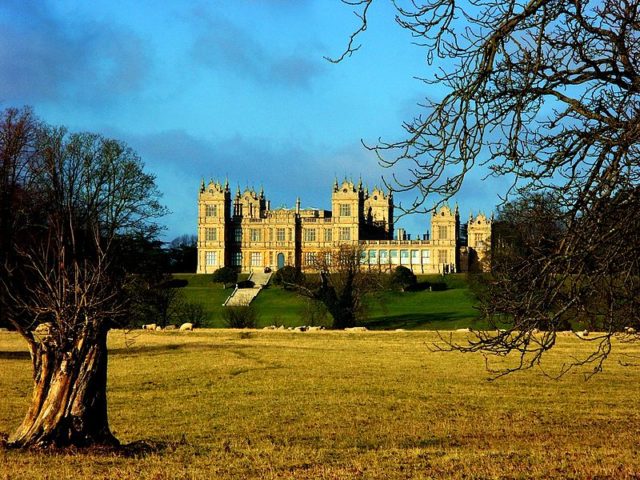
Not abandoned and still in good condition, this Grade I listed building, and its entire estate has passed through so many owners over a two-century period, that it somehow feels detached from the real world. It belongs to everyone and no one. Over its entire history, the name “Mentmore” has stuck with the mansion, sharing it with the village in which it stands. Even though it was never something official, today, it is widely accepted as such.
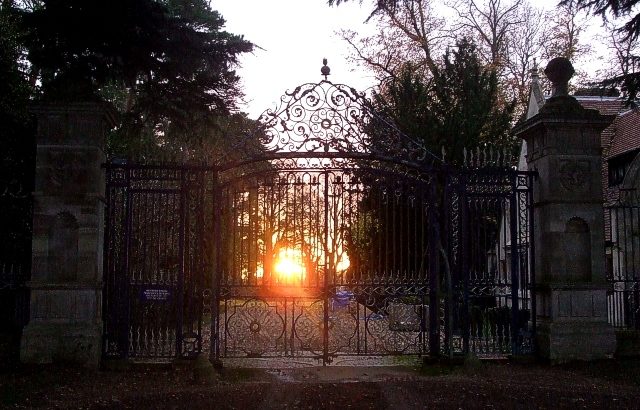
This ornate Victorian mansion was originally built for Baron Mayer de Rothschild between the years 1852 and 1854. Even to this day, it is considered to be one of the best examples of 19th-century architecture.
The two men responsible for the lavish design of the building were Sir Joseph Paxton and his son-in-law, George Henry Stokes. Inspired by the Robert Smythson’s Wollaton Hall building, Paxton and Stokes went for something unique and different, making the building’s structure a mish mash of Elizabethan and Jacobean architecture, two styles quite famous in the late 16th and early 17th centuries. In 1933, the English writer and poet Sir John Betjeman, who was also a great admirer of Victorian Architecture, described this Renaissance revival mix as Jacobethan, which became an official architectural term.

Mentmore Towers was the starting point of the huge impact and influence the Rothschild family would have in and around the Buckinghamshire area. Since its establishment in the 1760s, the Rothschilds’ banking business continued to expand rapidly, culminating in the 19th century, when the family had the largest private fortune in the world.
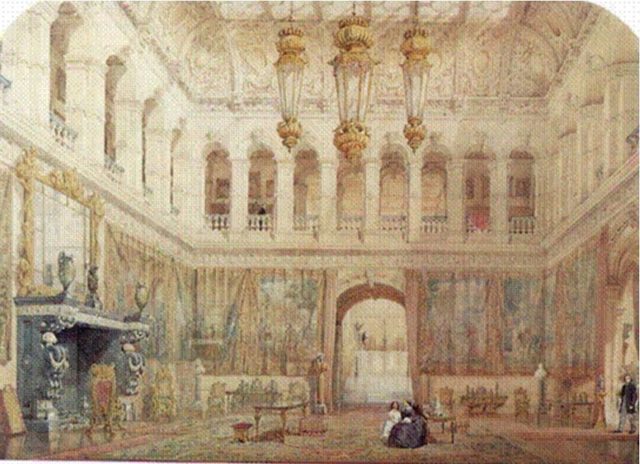
Although the family’s youngest son, Baron Mayer Amschel de Rothschild was the first of the third generation to build a house on the lands that he and his family had purchased in the area. Soon after Mentmore’s completion, his brothers Lionel, Anthony, and Nathaniel also followed. By the end of the century, all of the descendants and next of kin to the Rothschild dynasty owned almost all of Buckinghamshire, particularly around the Aylesbury Vale district.
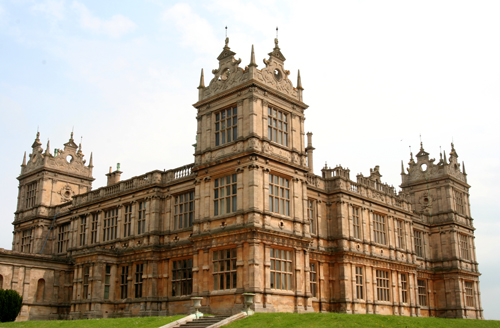
An avid art collector, hunter, and horse-riding enthusiast, the Baron saw Mentmore estate as his personal safe haven; a place of seclusion where he could relax, pursue his hobbies, enjoy the country air, and display his art collection in the mansion. Sadly, not long after he moved there with his family, his wife Juliana passed away. The property was inherited by their only daughter, Hannah.
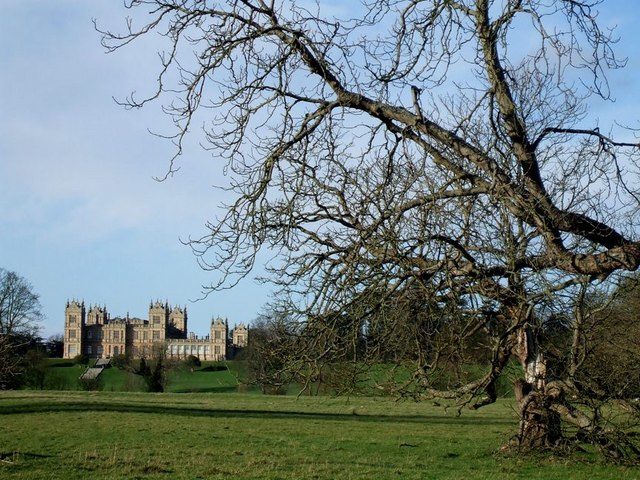
Just four years after the death of her father, in 1874, Hannah married the 5th Earl of Rosebery, Archibald Philip Primrose and became the Countess of Rosebery. They had four children (2 sons and two daughters) and reportedly lived a happy life together until their marriage was cut short by tragedy. In 1890, at the age of only 39, Hannah died suddenly from typhoid fever. Archibald Philip, who would become the Prime Minister in 1894, lived in the mansion until his death in 1929. His son, Harry Meyer Archibald Primrose inherited the Mentmore estate and became the 6th Earl of Rosebery.
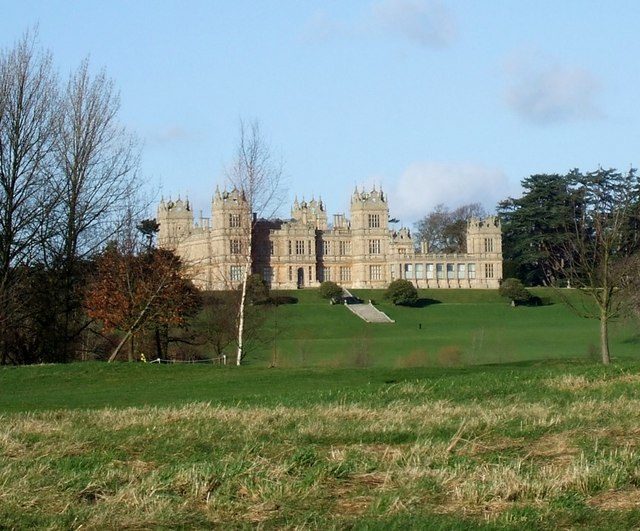
During World War II, Mentmore Towers was used as a storage space for many British art collections of national importance, including the Gold State Coach of the Royal Family. Most of the estate’s park, which today is Grade II listed, was sold during the war.
However, the Rosebery family kept ownership of the mansion until 1977. In 1973, following the death of Harry Meyer Archibald and a failed attempt to convert Mentmore into a museum, all the contents of the house were put up for public auction. Almost everything, from the antique furniture to the art collection, was sold to private collectors.
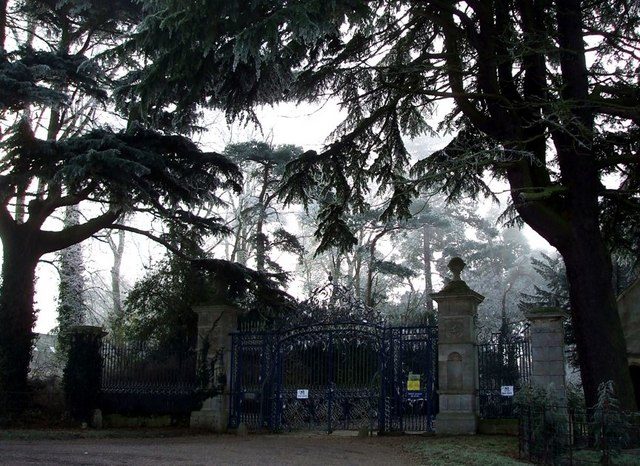
The empty manor was then purchased by Maharishi Mahesh Yogi., the founder of the Transcendental Meditation movement and turned into an office and educational center.
The current owner of the mansion is Simon Halabi, who bought the building in 1997 with plans of transforming it into a luxury hotel. However, there has been no further development in this direction.
